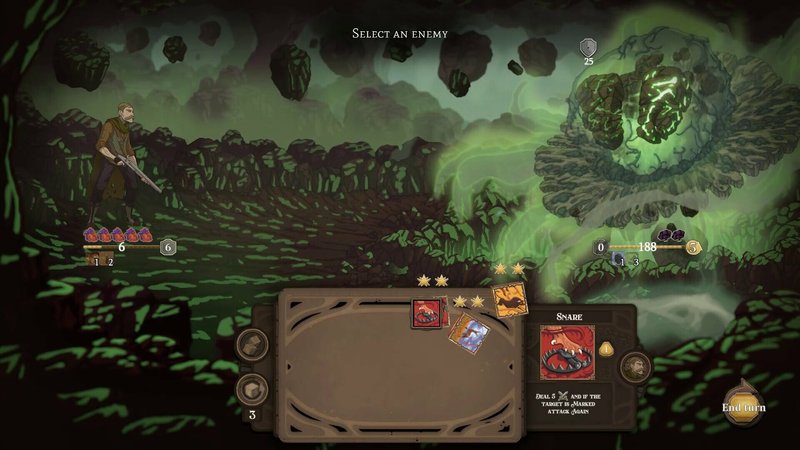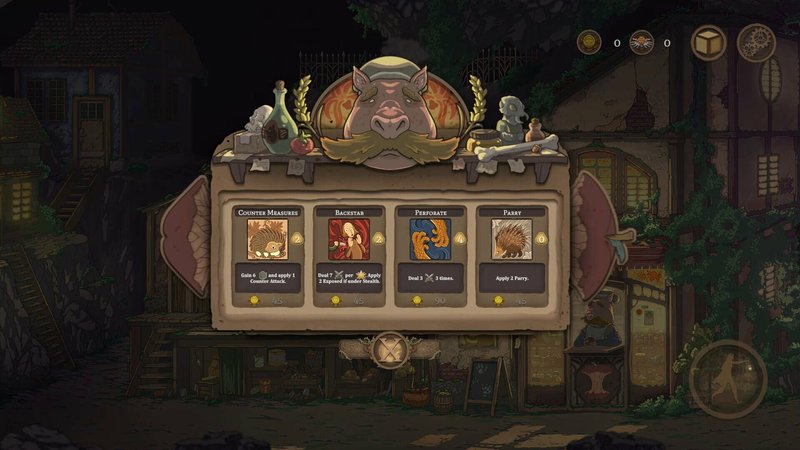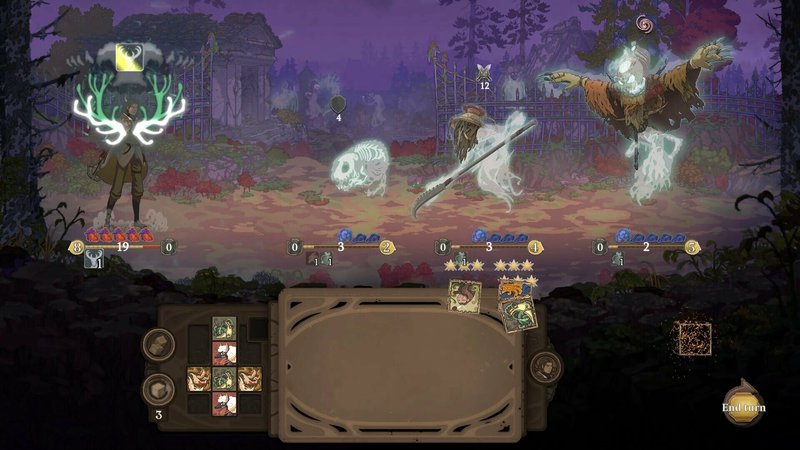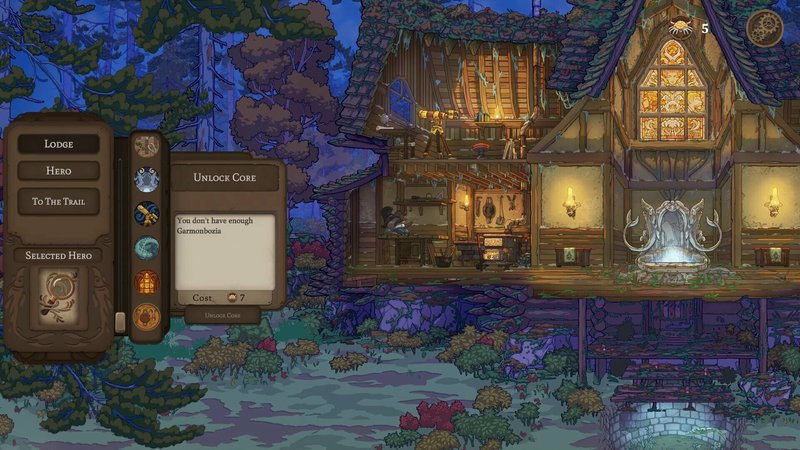Review: Tamarak Trail
Tamarak Trail Review: A Novel Dice-Building Experiment That Falls Short of Excellence
As I settle into my climate-controlled study, Montblanc fountain pen poised above my leather-bound notebook, I find myself contemplating Yarrow Games’ latest contribution to the ever-expanding pantheon of roguelike deckbuilders.
In an era where the market is positively saturated with deckbuilding roguelikes, Tamarak Trail attempts to distinguish itself through an intriguing fusion of dice mechanics and traditional card-based combat. While the concept is undeniably novel, one must question whether innovation alone is sufficient to elevate a title above its contemporaries.
Aesthetic Brilliance
Let us begin with what is unequivocally Tamarak Trail’s strongest suit: its visual presentation. The game’s artistic direction is nothing short of magnificent, with environments that would not look out of place in a premium indie title.

The ethereal green palette and Victorian-inspired interface elements create an atmosphere that is both haunting and sophisticated. The attention to environmental storytelling rivals that of the criminally underappreciated Deep Sky Derelicts, though perhaps with a more whimsical bent.
Mechanical Innovation and Shortcomings
The core gameplay loop revolves around a rather clever dice-building system, wherein players customize their dice faces and manipulate probability to create powerful combinations. While this mechanic shows promise, it unfortunately suffers from several notable implementation issues.

The physical act of rolling dice feels rather underwhelming, lacking the tactile satisfaction one might expect from such a central mechanic. The system is also susceptible to exploitation through careful manipulation of the rolling mechanics – a rather egregious oversight that somewhat diminishes the strategic depth.
Strategic Depth and Progression
The game offers three distinct character classes, each with their own tactical considerations. However, the differentiation between these classes feels rather superficial compared to the nuanced character development found in titles like Tainted Grail: Conquest.

The progression system, centered around collecting ‘Garmonbozia,’ feels unnecessarily grindy in the early stages, though it does eventually open up to reveal more interesting strategic possibilities.
Production Values and Interface Design
The user interface, while aesthetically pleasing, occasionally stumbles in its functionality. Critical information is sometimes obscured or entirely absent, requiring players to rely on trial and error rather than informed decision-making.

Final Verdict
Tamarak Trail presents an ambitious fusion of mechanics that, while innovative, fails to fully capitalize on its potential. The stunning artistic direction and novel dice-building system are unfortunately undermined by mechanical inconsistencies and progression issues.
Pros:
- Exceptional artistic direction and atmosphere
- Innovative dice-building mechanic
- Atmospheric sound design
Cons:
- Questionable dice rolling implementation
- Grindy early-game progression
- Insufficient tactical information
- Limited character differentiation
Setting down my Montblanc after several hours of meticulous note-taking, I must conclude that while Tamarak Trail shows flashes of brilliance, it falls short of true excellence. It remains a curiosity in the genre rather than a new standard-bearer.
For enthusiasts of the genre seeking something different, Tamarak Trail may prove worth its modest price of admission. However, those seeking the next evolution in deckbuilding roguelikes may find themselves somewhat disappointed.
Review conducted over 25 hours of gameplay across all character classes in my climate-controlled gaming suite.
Score
Overall Score: 6/10
Developer: Yarrow Games
Release Date: Feb 29, 2024
Steam Page: Tamarak Trail